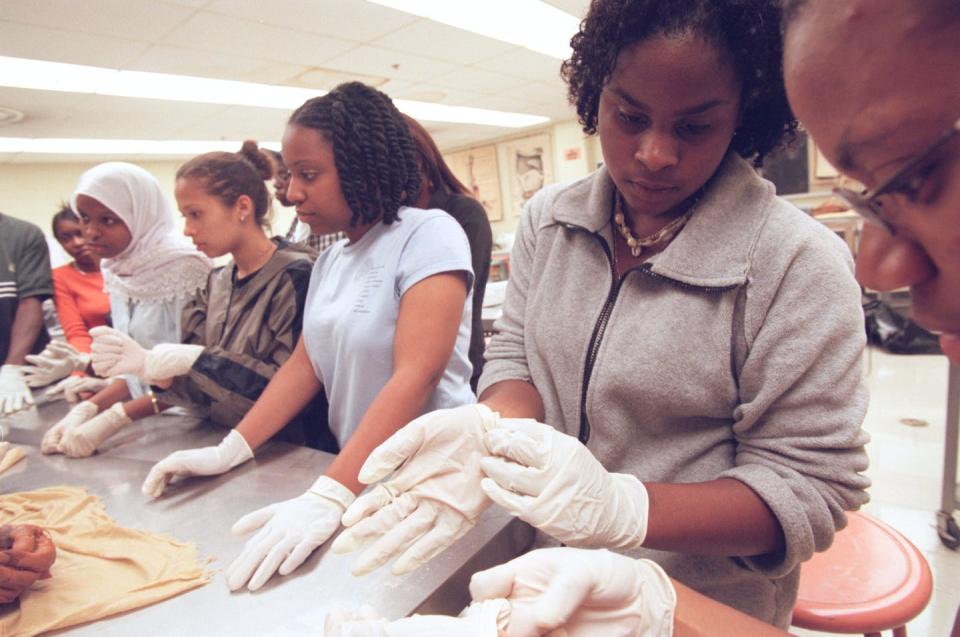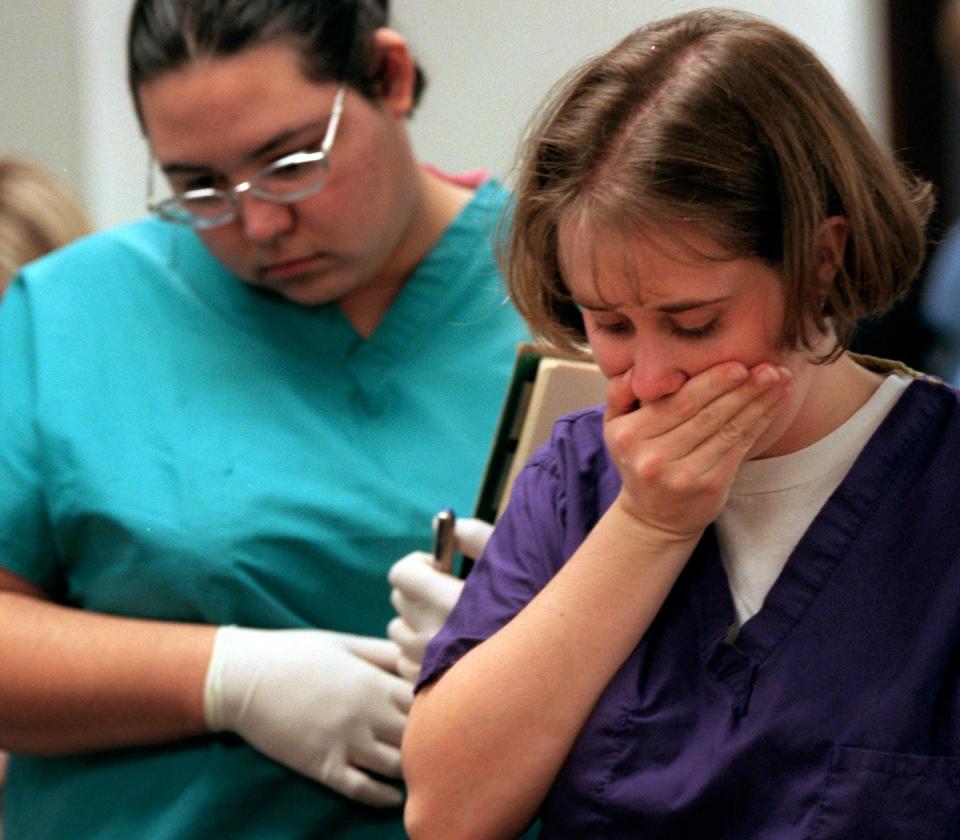From morgue to medical school: Cadavers of the poor, Black and vulnerable can be dissected without consent
Every year, first-year medical students approach their human cadavers with a mixture of awe and trepidation. When the long process of dissection is complete, the cadavers are cremated, with the remains returned to family, interred in a dedicated plot, scattered in a memorial garden or sometimes buried at sea. Historically, anatomy laboratories relied on unclaimed bodies or executed prisoners, and even resorted to grave-robbing to meet the growing demand for cadavers.



